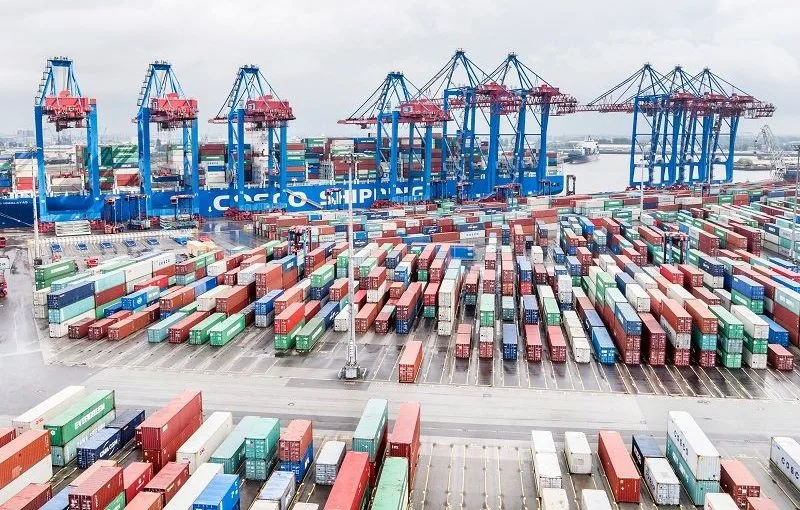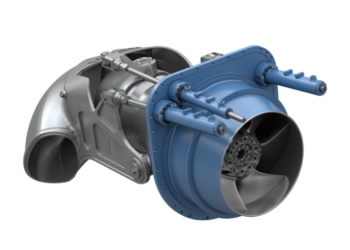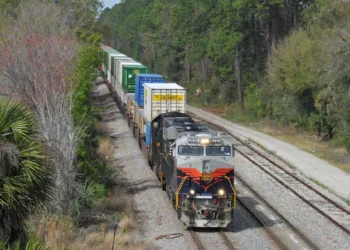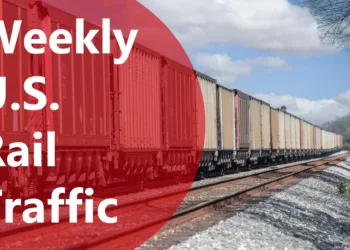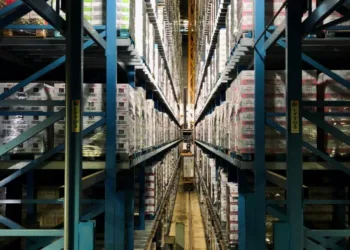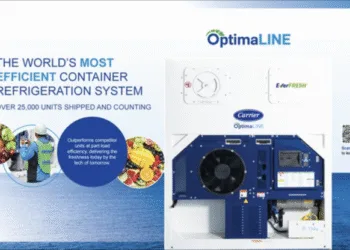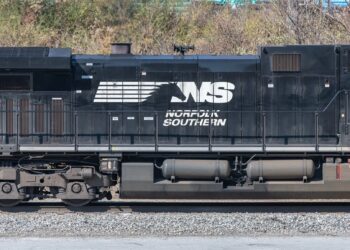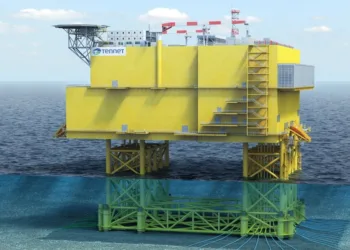Mikael Lind and Wolfgang Lehmacher map the new language of logistics.
Transport reliability continues to frustrate the logistics sector. Despite massive investments in digital platforms, data lakes, and dashboards, performance across modes still depends on how well independent actors coordinate.
The problem isn’t technology. It’s coordination. When a ship misses a berth window, a truck hits driver-hour limits, or a customs release comes too late, the root cause is misaligned incentives and fragmented decisions.
The transport trinity
The foundation of reliability lies in aligning the transport trinity: cargo owner, transport operator, and node.
Each acts rationally within its own domain, yet collectively, the system remains fragile: Cargo owners promise delivery and manage inventory risks; operators balance schedules, assets, and crews; and nodes control ground truth – yard readiness, berth access, apron slots.
Only when these three act as one operating unit can the system keep time, reduce emissions, and mitigate risk.
Trustworthy signals
Our work identifies five trustworthy signals that enable synchronised action – the practical language of coordination: time windows, i.e., probability-based arrival and departure ranges for visits; connection risk, i.e., the likelihood that a planned link will be missed; readiness windows, i.e., timeframes when nodes or partners are operationally ready; emissions, i.e., standardised leg-level carbon exposure supports informed trade-offs between time and sustainability; and asset condition, i.e., probability-based indicators of vehicle, infrastructure, and equipment health.
Such signals turn data into decisions. They allow all parties to act on the same evidence, replacing guesswork with collaboration.
Trust as infrastructure
True coordination relies on engineered trust. Every signal must have lineage and redundancy, validated through multiple sources. Access must be role-based: cargo owners see what they own, while partners only see what’s relevant to the shared operation.
This principle defines a federated model – one that maintains autonomy while scaling coordination. The Virtual Watch Tower (VWT) exemplifies this: a distributed network of trusted “towers” connected through auditable signals rather than centralised data pools.
Data stays where it belongs; only verified, scoped, and revocable signals travel between trusted partners.
Creating shared value
When the transport trinity acts on shared signals, measurable benefits emerge: when a vessel’s ETA slips, a shared signal triggers resequencing that keeps both cost and carbon in check. Fewer missed handoffs, shorter dwell times, steadier flows, and lower emissions. These gains can be recorded and shared in a Value Ledger – an auditable record of the value created through coordination.
Built-in governance, verified data loops, and fair incentives turn coordination from a pilot into a scalable discipline—where every signal is validated, every reward tied to proof of readiness, risk control, CO₂ performance, and asset condition.
The value ledger transforms reliability and sustainability from abstract goals into verifiable outcomes. It allows incentives and contracts to link directly to performance: on-time within the band, authentic readiness, managed risk, verified CO₂ savings, and ready-to-use assets.
This shifts the industry from platform ownership to outcome ownership. Everyone wins; but only when everyone acts on the same signals.
Start small, prove, scale
The path forward is pragmatic: Focus on one transport lane, one set of signals, one shared playbook; prove value, like reduced costs, time, and emissions and scale by repetition – extend the model across lanes and modes where trust and proof already exist.
This ‘federate and repeat’ approach compounds benefits, without creating new dependencies. It replaces platform ambition with execution discipline.
A call to the coalition of the willing
The coordination model is ready to implement. What’s needed now is a coalition of the willing — cargo owners, operators, and nodes.
Each successful pilot expands the circle of trust, builds shared value, and demonstrates that coordination itself can become a competitive advantage.
In an industry under pressure to decarbonise, reduce costs, and deliver reliability, coordination it’s a choice. When many hands operate on one clock, networks flow more smoothly, emissions fall, and promises are kept.



